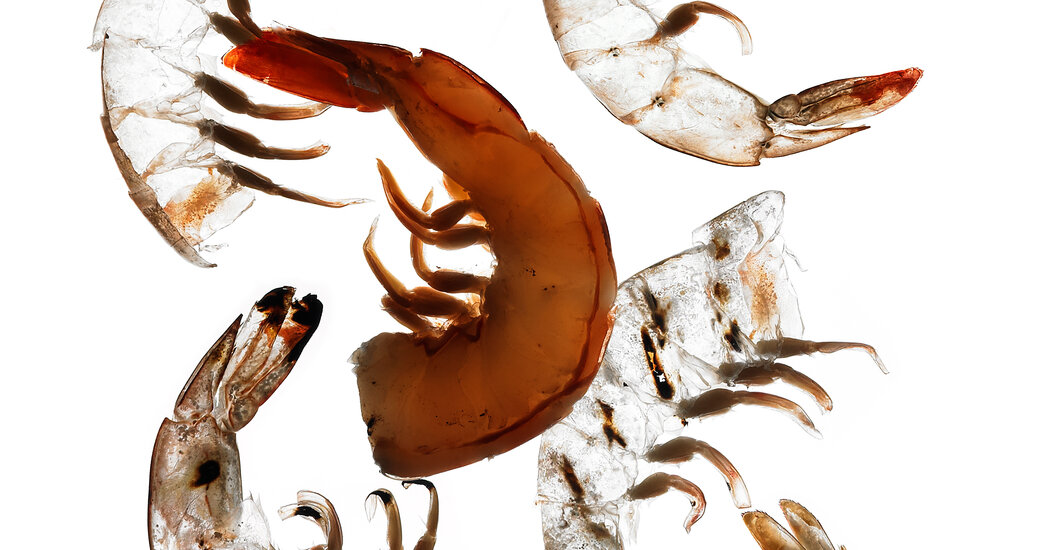
Americans aren’t particularly enthusiastic about seafood. We eat less than half of what a Japanese or Indonesian person does. Less than a third of the average Icelander. But there is one big exception: shrimp.
Our appetite for the fat little crustacean has increased for decades, with the average American now eating almost six pounds per year, far more than any other ocean product. Just ask Red Lobster: The struggling seafood chain declared bankruptcy this month, citing, among other things, an all-you-can-eat shrimp scheme that cost the company $11 million when it underestimated how much people would eat.
But how healthy is our favorite seafood? Is it good for our bodies? What about the world’s mangrove forests and sea turtle populations? And how do you know what to buy the next time you are at the seafood counter?
Human health
Shrimp is a good source of protein, on par with, say, a rib-eye steak. It’s high in calcium and vitamin B12. It’s low in saturated fat, which makes it heart-healthy. And while shrimp is high in cholesterol, experts no longer worry as much about dietary cholesterol’s effect on health.
But if you are looking for the other nutritional benefits we expect from seafood, you will be disappointed. Shrimp tails aren’t particularly high in omega-3 fatty acid, iron or iodine. “From a nutritional perspective,” said Zach Koehn, a nutrition researcher at Stanford University’s Center for Ocean Solutions, “it’s kind of like the white meat of the sea.”
Most seafoods are richer in nutrients than land-based meat, but the shrimp species that Americans consume are low on that list, near the bottom with cod and tilapia. Chicken has more protein, and seafood like sardines, salmon and oysters are far more nutrient rich.



